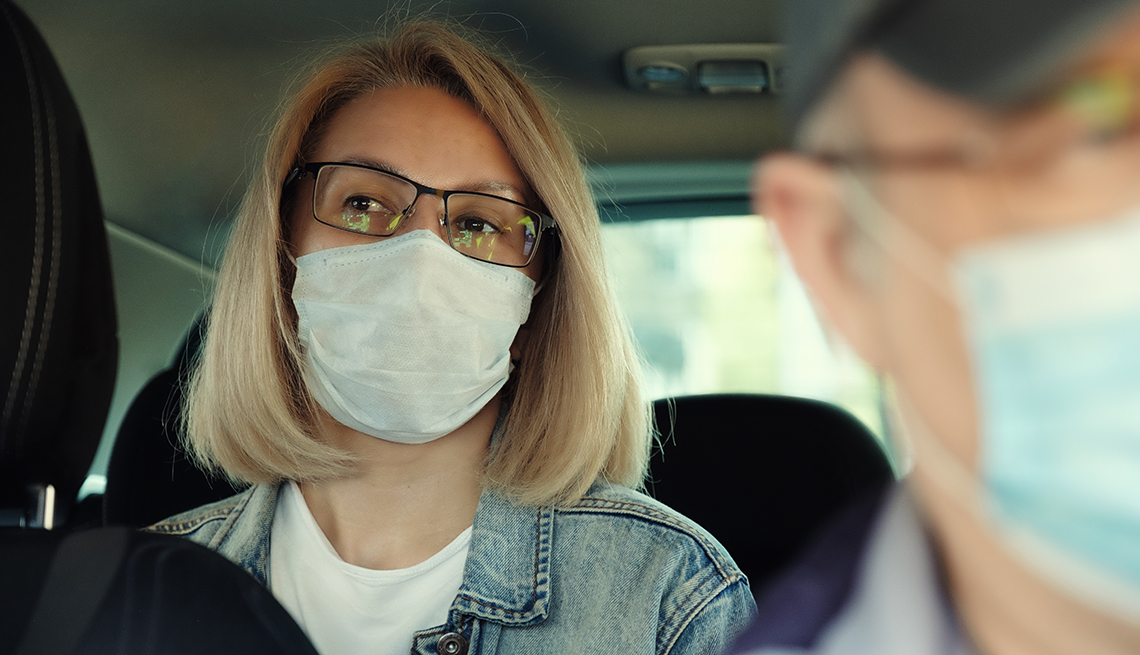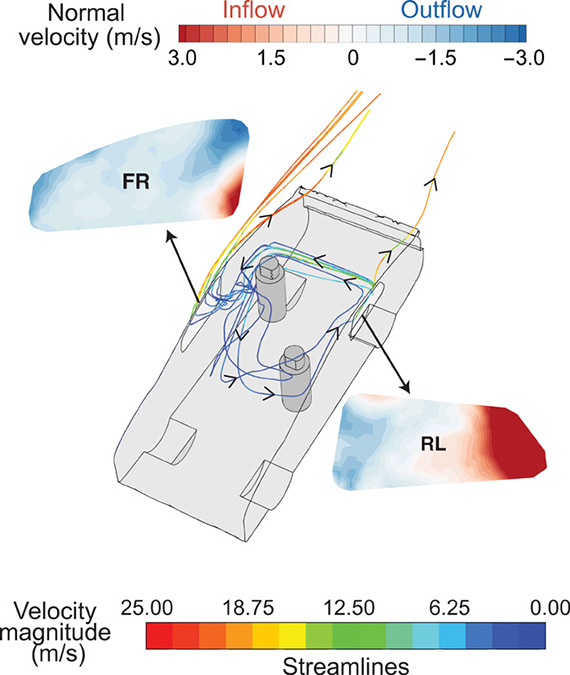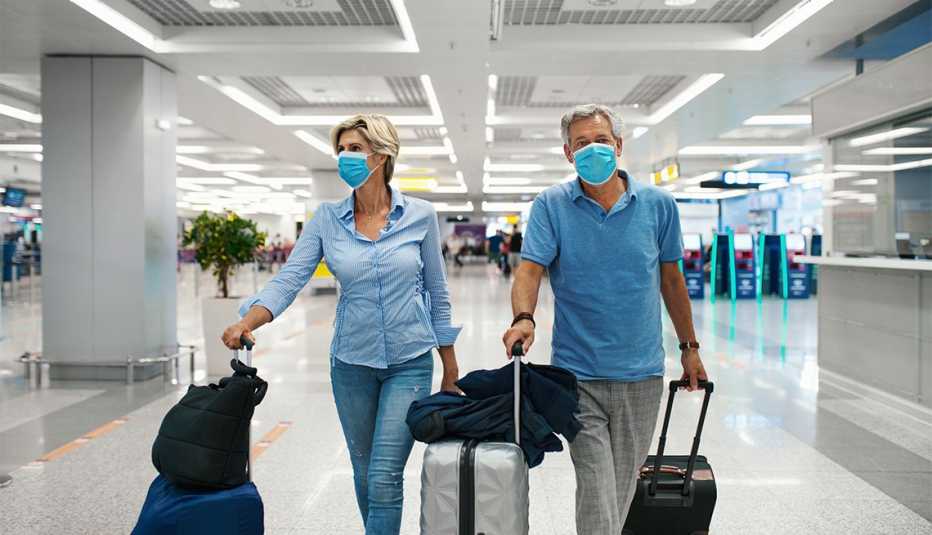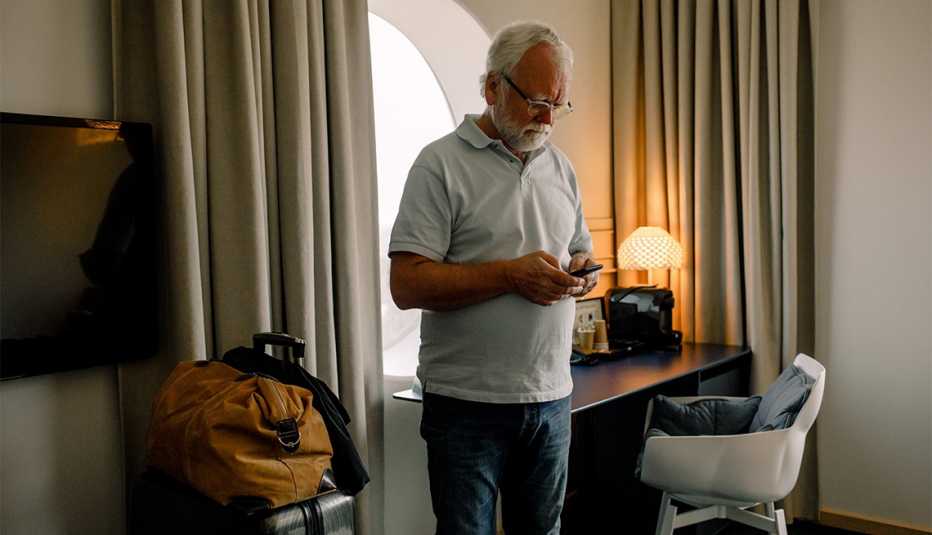Staying Fit
To protect yourself and slow the spread of COVID-19, the Centers for Disease Control and Prevention (CDC) advises that whenever possible, avoid car trips with anyone outside your immediate household. But when it can't be avoided, you can reduce your potential exposure to coronavirus, according to scientists.
The coronavirus is thought to spread mainly through respiratory droplets when infected people exhale, cough or sneeze — this includes the estimated 40 percent of those who are asymptomatic, meaning they are infectious but never develop symptoms of the illness. Avoiding those respiratory droplets is the key to stopping the virus's spread. That's why the CDC and Anthony Fauci, M.D., director of the National Institute of Allergy and Infectious Diseases, recommend that you mask up, maintain a social distance from others and avoid crowded indoor spaces.


AARP Membership— $12 for your first year when you sign up for Automatic Renewal
Get instant access to members-only products and hundreds of discounts, a free second membership, and a subscription to AARP the Magazine.
Not surprisingly, traveling by car can be risky. The confined space inside a typical four-door sedan doesn't allow for proper social distancing, and the ventilation system is inadequate. Researchers have found that a viral load capable of infecting others can build up within a 15-minute drive and that respiratory droplets can remain for up to three hours.
Roll down the windows
The simplest solution is to roll down all the windows, which the CDC advises. But that's not always an option in bad weather.
However, a group of researchers in New England have published a new study in Science Advances that explores ways to strategically open car windows to remove infectious droplets. With a Toyota Prius exterior and Kia Forte cabin as models, the researchers used computer simulations to study air flow inside a car driven at 50 miles per hour with windows open or closed.




































































